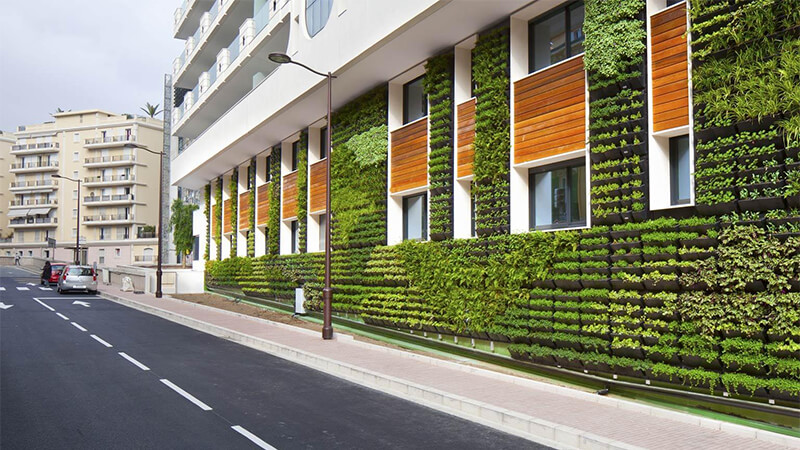Global warming and other related phenomenon ensure that there is a need for conservation of natural resources. Be it water, air, or the environment, the need of the hour is to function in such a way that it does not hamper the natural resources. Construction makes use of a lot of natural resources and often this use is converted into exploitation. Green building is the type of building that has minimal impact on the environment and natural resources. Sustainable building design has total six fundamental principles and all of them are stated below.
Optimize site potential
The most essential part of any building design is that the site design must integrate with the substantial design. This will help in delivering a successful project that will begin firstly with a proper site selection. Apart from that there are other aspects like orientation, location, local ecosystems, transportation methods, energy use and much more.
Optimize energy use
By improving the energy performance of the existing building helps in increasing the overall energy independence. Operating at a net energy of 0 energy building will prove to be the most beneficial out of everything. This will reduce the overall dependency on the energy that is derived from the fossil fuels. This can help in preservation of energy from fossil fuels for other mandatory purposes.
Protect and conserve water
Considering the water levels in most of the areas today, there is a possibility that a global water scarcity would be faced by the world in future. A sustainable building is the one that makes proper use of the water with efficiency. Also, some green building design and construction are such that they even reuse the same water on certain on site projects.
Optimize building space and material
Another feature of a sustainable building is that, it must take care of the optimization of building space. Also, the materials that are to be used must be reused in a productive as well as a sustainable way. With the increase in the overall population of the world, the use of natural resources in the buildings must be minimalized.
Enhance indoor Environmental quality
The quality of the indoor environment of any building has direct effect on the health of the occupant and this in turn affects their comfort and productivity. A sustainable building generally functions by maximizing the daylight indoors, ensures proper ventilation, optimizes acoustic performance, controls moisture, and avoids the usage of materials that have high VOC in them.
Optimize operational and maintenance practises
Optimization of operational as well as maintenance practises make sure that there are less requirements of maintenance material. Designers can make this possible by suggesting systems and materials that reduce the usage of certain basic materials like toxic chemicals, water, energy, and cleaners that are required for the purpose of maintenance. It is ensured that every material is cost effective and helps in reducing life cycle costs.
Sustainable development is an approach towards protection and conservation of natural resources. Sustainable building design is yet another aspect of the same which ensures that construction of a building makes use of minimal amounts of natural resources. The blog describes about six fundamental principles of sustainable development.

